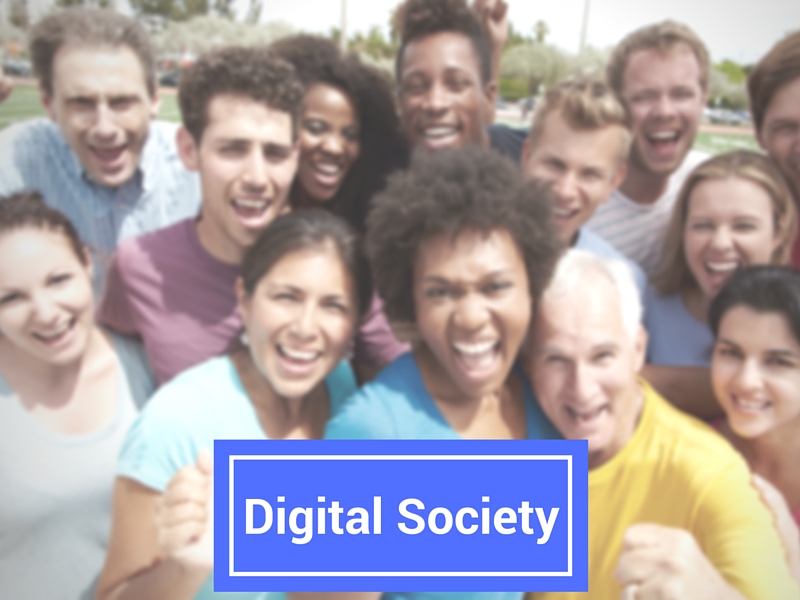Throughout history, technology has woven an intricate tapestry, reshaping the fabric of society. From the transformative power of the plough in ancient agriculture to the architectural marvels of pyramids, innovations have altered the course of human existence. In our modern era, the emergence of the digital tapestry stands as a testament to technology’s potential to augment human capabilities and revolutionize societal landscapes.
Much like threads intricately woven into a tapestry, digital technology possesses the potential to enhance human abilities, offering the visually impaired sight and the hearing impaired sound. Its developments beckon exploration, offering pathways towards a more accessible and inclusive society, where each thread represents an innovation, interwoven to create a richer societal fabric.
Impact of Artificial Intelligence on society
Within this digital tapestry, the ascent of Artificial Intelligence (AI) presents a spectrum of ethical considerations. While it holds promise in solving complex problems and facilitating global communication through real-time translations, it also poses challenges such as ethical quandaries, misinformation, biased decision-making, and copyright infringements. Moreover, the potential for AI-induced hallucinations and systemic prejudices necessitates thoughtful navigation of this evolving landscape.
Impact of technology on healthcare
In the healthcare sector, technological advancements offer improved diagnostics through pattern recognition, predictive capabilities to anticipate illnesses, and remarkable examples of augmentation enabling the visually impaired to see, the hearing impaired to hear, and the impaired to regain mobility. These innovations strive to prevent ailments and transform patient care, intricately weaving health and technology into the digital tapestry of society.
Impact of robotics on society
The integration of robotics sparks discussions about the blend of humanity and technology, fostering debates on trust-building, collaboration, and the displacement of humans in certain labor sectors. As robots undertake tasks considered inhumane, the societal fabric is reshaped, highlighting the need for careful consideration of their place within the tapestry of society.
Impact of technology on cities
Advancing towards smart cities and citizens involves optimizing traffic flow, leveraging autonomous vehicles, and deploying smart sensors to enable rapid responses to urban challenges. The intricate threads of technology interlace to enhance efficiency and responsiveness within urban landscapes, weaving together the intricate patterns of a smart city within the digital tapestry.
Impact of technology on work and employment
Technology’s influence on work manifests through digital assistants, streamlining bureaucracy, and real-time automation, altering how organizations function and interact. The collaboration between humans and technology redefines job roles, emphasizing the need for adaptive skill sets in the workforce.
Impact of technology on education
The educational landscape witnesses the integration of AI in homework assistance, the presence of smartphones in classrooms, and the adoption of serious gaming and simulations. As technology reshapes traditional learning environments, the efficacy of digital note-taking versus traditional paper-based methods becomes a subject of exploration.
Impact of technology on environment and climate change
Digital technologies present tools like large-scale models for climate scenarios, smart sensors detecting pollution, and fostering energy-efficient solutions. Embracing green technology and efficient data storage becomes imperative in curbing environmental degradation and mitigating climate change.
In the continuum of history, the digital tapestry stands poised to reshape societal paradigms. As we navigate its intricate patterns, the pursuit of an inclusive, ethical, and sustainable digital society emerges as a collective imperative.

